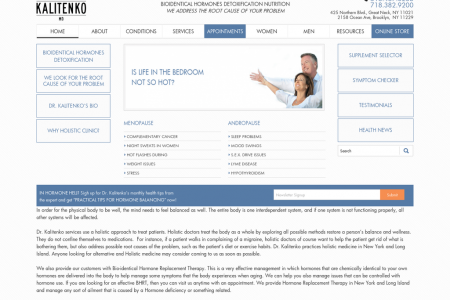
Is your office making you sick? Toxins lurking in office buildings
IS YOUR OFFICE MAKING YOU SICK? Toxins lurking in office buildings (and what to do about it) The Environmental Protection Agency (EPA) estimates that 1 in 4 new or renovated indoor buildings in the U.S. may be classified as "sick buildings." WHAT IS SICK BUILDING SYNDROME (SBS) Spending extended periods of time in poorly ventilated, well-sealed buildings that contain indoor air toxins. A number of ailments occur as a result of exposure to harmful chemical toxins. These ailments flare up when an individual is in a specific building and pass after they leave. Symptoms include: Irritation of the eyes, nose, and throat Fatigue Dizziness Nausea Difficulty concentrating Headache Dry or itchy skin Sensitivity to odors Hoarse voice Allergies Cold or flu-like symptoms Increased incidence of asthma attacks People affected by SBS may require prolonged recovery time after leaving the particular building FACTORS THAT MAY BE PRIMARILY RESPONSIBLE FOR SBS CHEMICAL CONTAMINANTS From outdoor sources: Motor vehicle exhaust Plumbing vents and building exhausts Combustion by-products from parking garages RADON TEST Radon Formaldehyde Asbestos Dust Lead paint Pesticides From indoor sources: Volatile organic compounds (VOC) such as Adhesives Upholstery Carpeting Manufactured wood products Pesticides Copy machines Cleaning agents Synthetic fragrances Unvented space heaters Inadequate ventilation Malfunctioning heating, ventilation, and air-conditioning systems increase indoor air pollution. Biological contaminants: Pollen Bacteria Fungus Molds Viruses These contaminants can breed in stagnant water accumulated in: Humidifiers Drainpipes Ducts Ceiling tiles Insulation Carpets Upholstery Water damage or contaminated humidifiers can contribute to work-related asthma and hypersensitive pneumonitis. WHAT TO DO ABOUT A TOXIC WORKPLACE Document any symptoms as they occur and where they occur. Add more office plants, which can absorb carbon monoxide and formaldehyde from the air. Don't block air vents or grilles. Keep the refrigerator clean to prevent mold growth. If you suspect something in your work environment, talk to human resources about having the building inspected. Keep cigarette smoking away from fresh air intake ducts. Take care of office plants Keep eating areas clean to avoid attracting pests Cockroach droppings and saliva, for instance, contain proteins that can trigger asthma symptoms. Dusty, dying plants don't improve air as much as healthy plants. Overwatered plants can develop mold. AN EMPLOYER CAN SSSSSSSS Regularly inspect and maintain HVAC Dispose of garbage promptly to prevent biological contamination. Consider installing air filters to help remove indoor pollutants. systems. Allow better access to natural light with frosted glass and unobstructed windows. Check cleanliness of air filters, humidifiers, dehumidifiers, and cooling towers. Carry out an employee survey to find out whether symptoms are occurring. VOC ceiling tiles and carpets. Replace water-stained Consider using low-VOC cleaners. Try to avoid installing synthetic or treated upholstery fabrics. Air pollution isn't just an outdoor issue. As an employee and employer, it's important to notice any symptoms of SBS and take action immediately. consumer.healthday.com • ncbi.nlm.nih.gov ei-resource.org • globalhealingcenter.com • nhs.uk Designed by Ghergich & Co. Quill.om A small part of your job is 100% of ours.
Is your office making you sick? Toxins lurking in office buildings
Source
https://www....ut-it.htmlCategory
HealthGet a Quote











